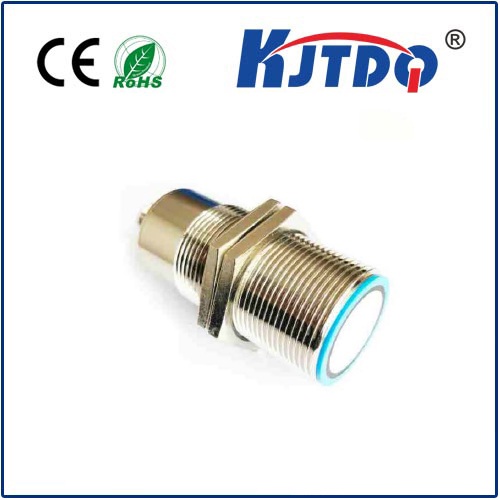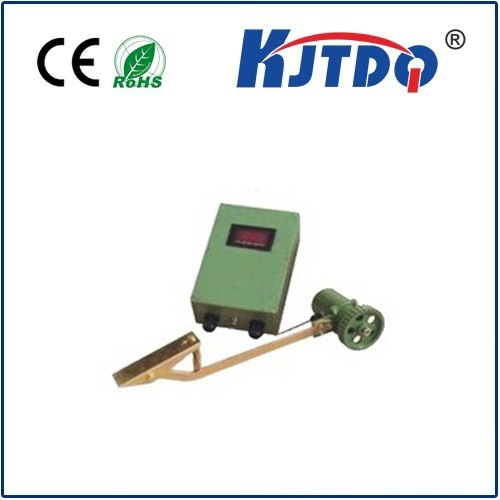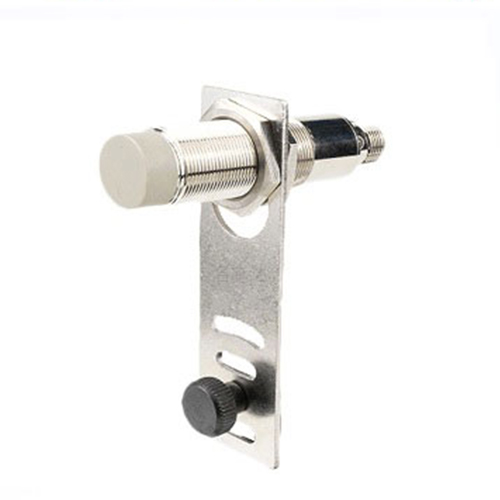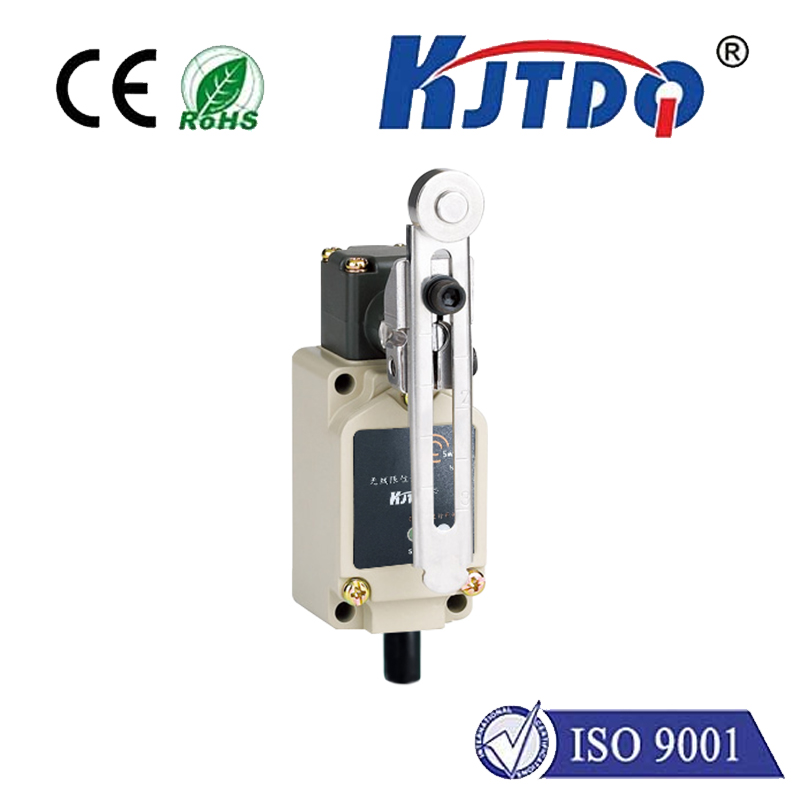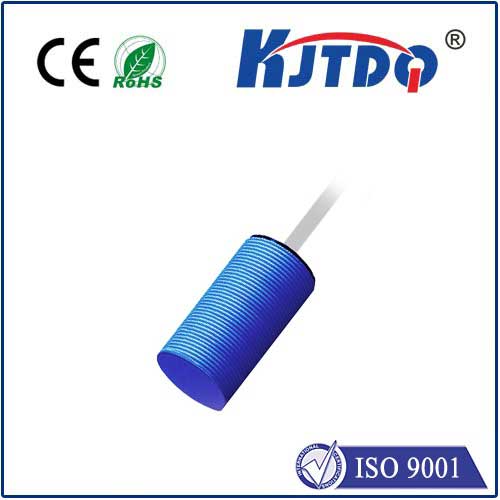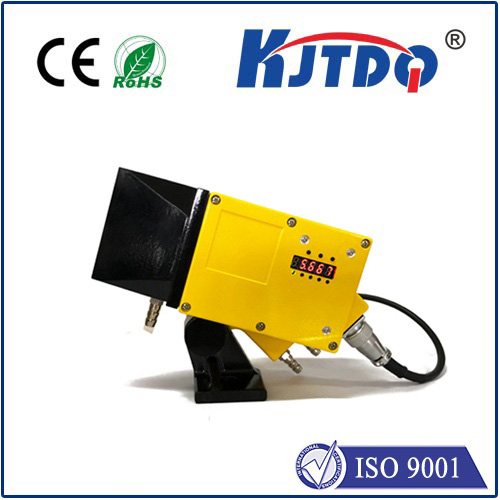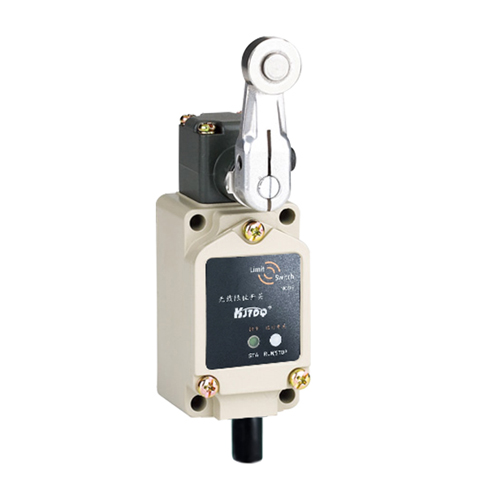esp32 - tof датчик
- time:2025-09-01 09:26:34
- Нажмите:0
Build Smarter Projects with ESP32 & Time-of-Flight (ToF) Sensors
Imagine your robot navigating a cluttered room without bumping into furniture, your smart locker detecting when an item is placed inside, or your interactive art installation responding to subtle hand gestures. These are just a few glimpses into the possibilities unlocked by pairing the incredibly versatile ESP32 microcontroller with Time-of-Flight (ToF) sensors. This powerful combination brings millimeter-precision distance measurement within easy reach of makers, engineers, and IoT enthusiasts, enabling projects that are smarter, more responsive, and deeply interactive.
Understanding the Magic: How ToF Sensors Work
At the heart of a Time-of-Flight sensor lies a simple yet profound principle: it measures distance by precisely calculating the time it takes for light to travel to an object and back. Here’s the breakdown:

- Light Emission: The sensor emits a beam of light, typically infrared (IR) from a tiny laser or VCSEL (Vertical Cavity Surface Emitting Laser) source, which is invisible to the human eye.
- Reflection: This emitted light hits an object within the sensor’s field of view.
- Return Trip: A portion of the light reflects off the object and travels back towards the sensor.
- Timing the Flight: Sophisticated circuitry within the sensor precisely measures the extremely short time interval (
t) between emitting the light and detecting its reflection.
- Distance Calculation: Knowing the speed of light (
c ≈ 300,000,000 meters per second), the distance (d) to the object is calculated using the formula:
d = (c * t) / 2
The /2 factor exists because the light travels to the object and back, so the measured time corresponds to twice the distance. Modern ToF sensors like the popular VL53L0X, VL53L1X, VL6180X, or TFMini achieve this timing measurement with remarkable accuracy, often down to millimeter resolution.
Why the ESP32 is the Perfect ToF Partner
The ESP32 isn’t just another microcontroller; its rich feature set makes it exceptionally well-suited for integrating and leveraging ToF sensors:
- Dual-Core Processing Power: Running complex algorithms for sensor data filtering, fusion (combining with other sensors), or application logic is handled efficiently without breaking a sweat. One core can manage sensor communication while the other handles Wi-Fi/Bluetooth or core application tasks.
- Integrated Wi-Fi and Bluetooth (BLE): This is the game-changer. The ESP32 can effortlessly transmit distance measurements over Wi-Fi to cloud platforms, dashboards, or other devices. BLE enables communication with smartphones or creates localized wireless sensor networks. Imagine sending real-time bin fill levels to a management app or triggering lights via gesture over BLE!
- Versatile I/O and Interfaces: ToF sensors primarily communicate using I²C (Inter-Integrated Circuit). The ESP32 has multiple I²C ports, making it easy to connect not just one, but potentially several ToF sensors (or other I²C devices) simultaneously. GPIO pins can be used for sensor interrupts (e.g., triggered when an object enters a specific range) or controlling peripherals based on distance readings.
- Abundant Memory (RAM & Flash): Storing calibration data, buffering measurement points for averaging, and running feature-rich firmware (like ESP-IDF or Arduino libraries for ToF sensors) is comfortably handled by the ESP32’s resources.
- Robust Ecosystem & Community Support: The vast Arduino core for ESP32 and Espressif’s official ESP-IDF framework, coupled with readily available libraries for common ToF sensors (like Adafruit’s VL53L0X library), drastically lower the barrier to entry. A huge community means help is readily available.
- Low Power Capabilities: While ToF sensors themselves consume power, the ESP32’s deep sleep modes allow building battery-powered proximity sensing applications. The ESP32 can wake up periodically, take a measurement, transmit it if needed, and go back to sleep, conserving significant energy.
- Cost-Effectiveness: Both ESP32 modules and common ToF sensors are incredibly affordable, putting sophisticated sensing capabilities within almost any project budget.
Putting It into Action: Common ESP32 ToF Applications
The fusion of ESP32 and ToF sensors opens doors to countless applications:
- Proximity Detection & Non-Contact Measurement: Detect objects near a machine (safety cutoff), measure fluid levels in tanks (if the surface is reflective), or trigger actions when someone/something approaches (e.g., hands-free faucets, automatic doors).
- Robotics & Drones: Essential for obstacle avoidance, cliff detection, terrain following, and docking maneuvers. Millimeter-precision allows for much finer control than ultrasonic sensors.
- Gesture Recognition: Using arrays of ToF sensors (like the multi-zone VL53L5CX), complex hand movements can be interpreted to control devices without physical touch – think gesture-controlled lighting, presentations, or appliances.
- Smart Inventory & Logistics: Monitor bin or shelf fill levels in real-time. Detect the presence or absence of items accurately.
- People Counting & Occupancy Sensing: Mounted above a doorway or in a room, ToF sensors can reliably count entrances/exits or detect room occupancy more accurately and privately than cameras.
- 3D Scanning & Mapping: While complex, using multiple ToF sensors or moving a single sensor can help build basic depth maps or 3D profiles of objects or environments. LiDAR principles are closely related to ToF.
- Interactive Installations & Art: Create exhibits that react to audience proximity or movement in novel and engaging ways.
Getting Started: Key Considerations
Integrating a ToF sensor with your ESP32 is generally straightforward, but keep these points in mind:
- Sensor Selection: Choose based on range, accuracy, field-of-view (FoV), update speed, power consumption, and multi-target capability. The VL53L0X (up to 2m) is excellent for shorter ranges, while the VL53L1X extends further (up to 4m). The VL53L5CX offers a wide 60-degree FoV and multi-zone detection. The TFMini is a popular serial (UART) option.
- Voltage Levels: Ensure the sensor’s operating voltage matches the ESP32’s I/O voltage (usually 3.3V). Most common ToF breakout boards (e.g., from Adafruit, SparkFun, Pololu) are 3.3V compatible. Always check datasheets!
- I²C Wiring: Connect the sensor’s SDA pin to an ESP32 GPIO pin defined as SDA, and SCL to an SCL pin. Remember pull-up resistors (typically 2.2KΩ - 10KΩ) on both SDA and SCL lines to 3.3V. Many breakout boards include these pull-ups. Assign unique I²C addresses if using multiple sensors on the same bus (some sensors allow address configuration via a pin).
- Libraries: Utilize existing libraries! For Arduino on ESP32, libraries like
Adafruit_VL53L0X, Adafruit_VL53L1X, or PololuVL53L1X handle communication complexities. For ESP-IDF, check Espress

